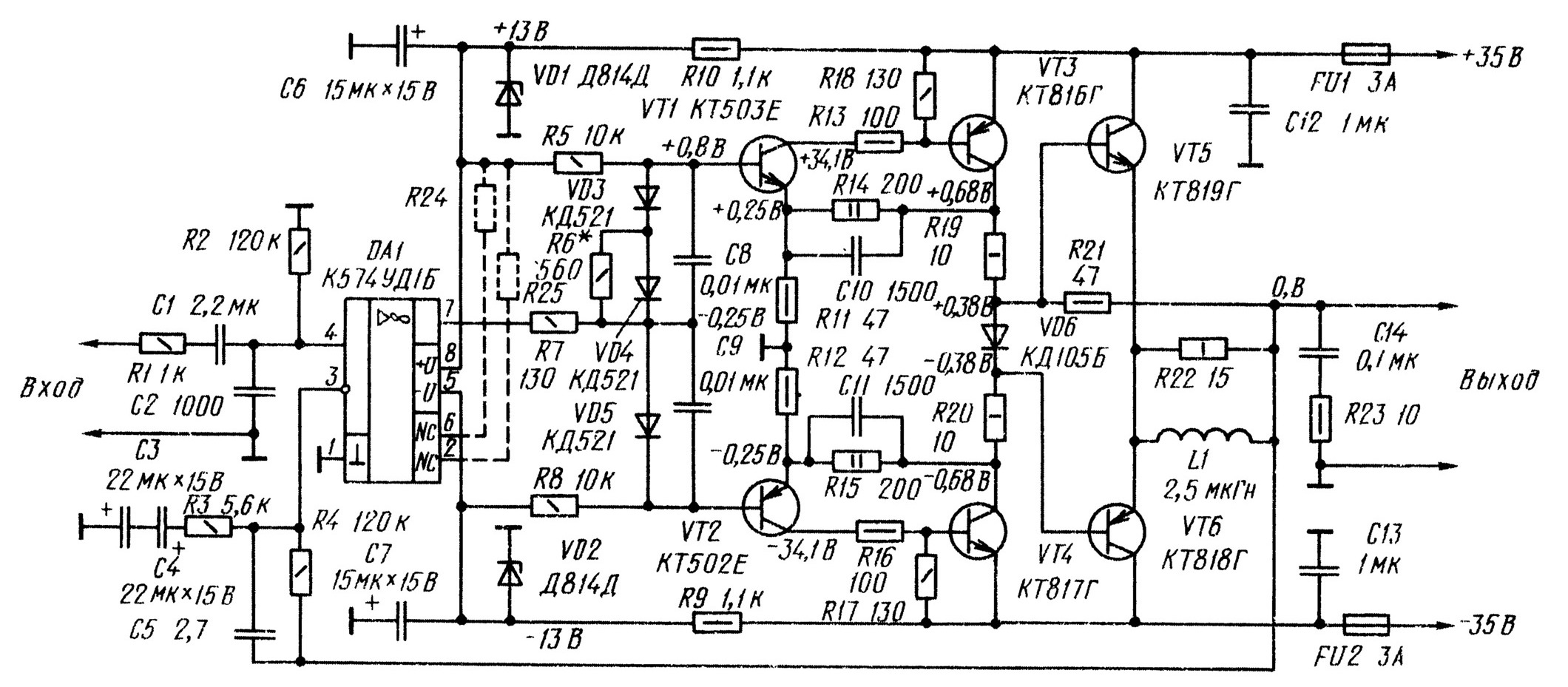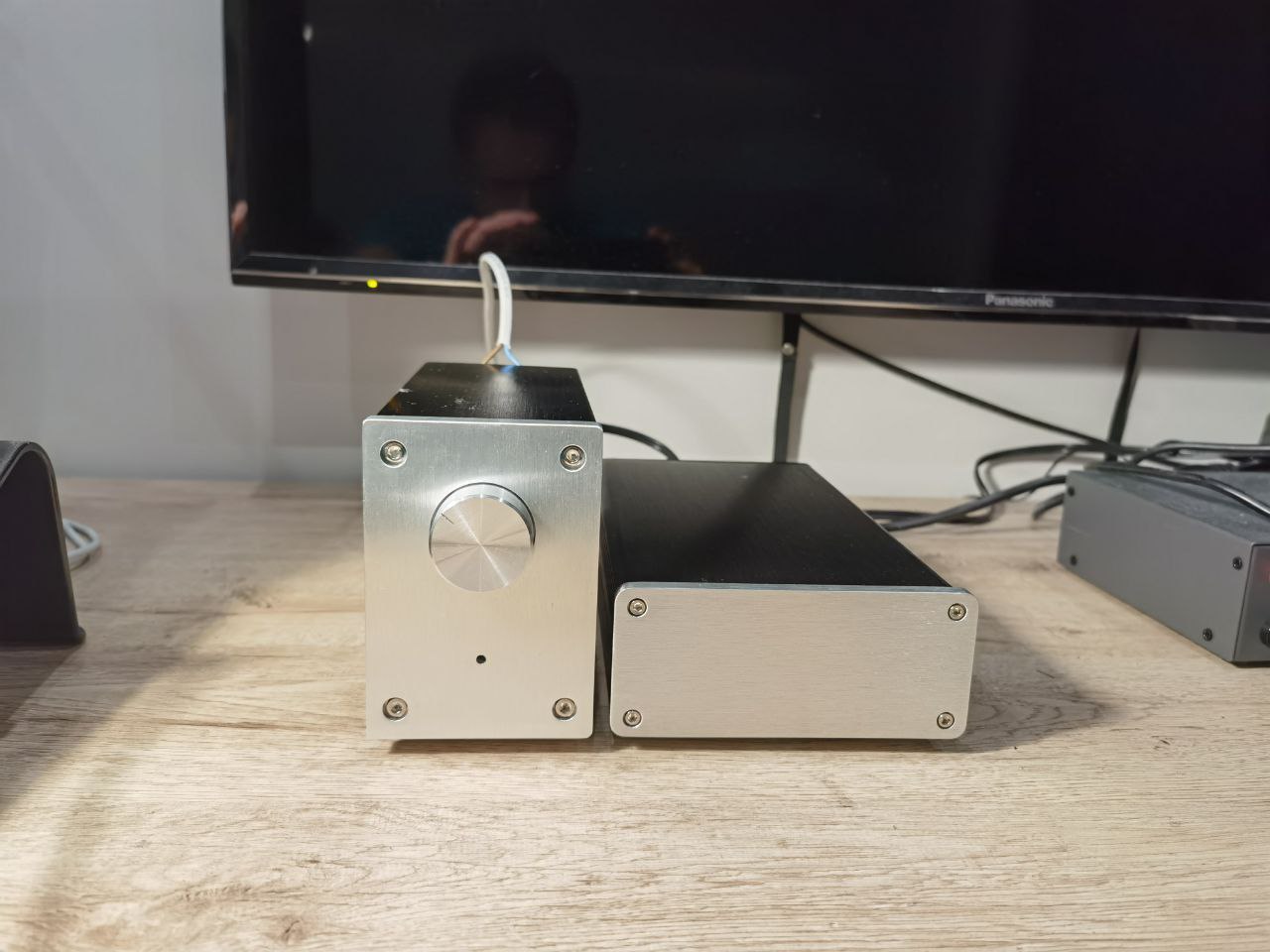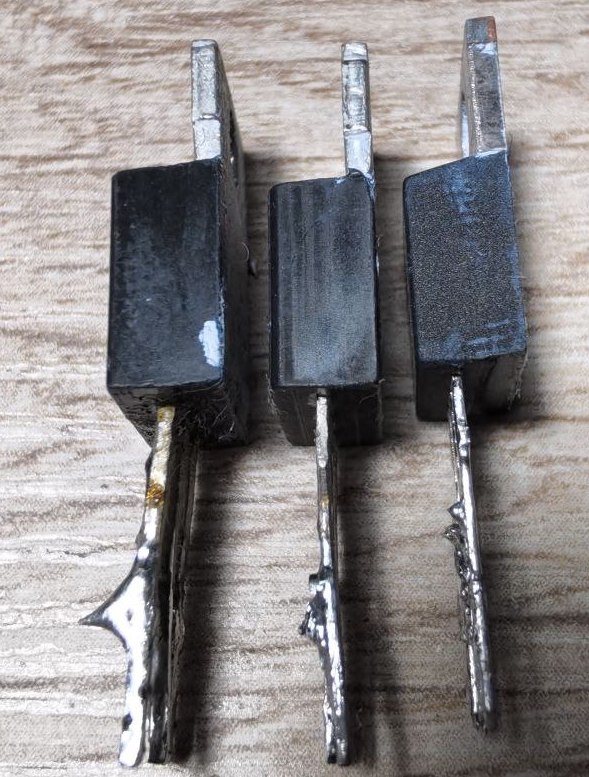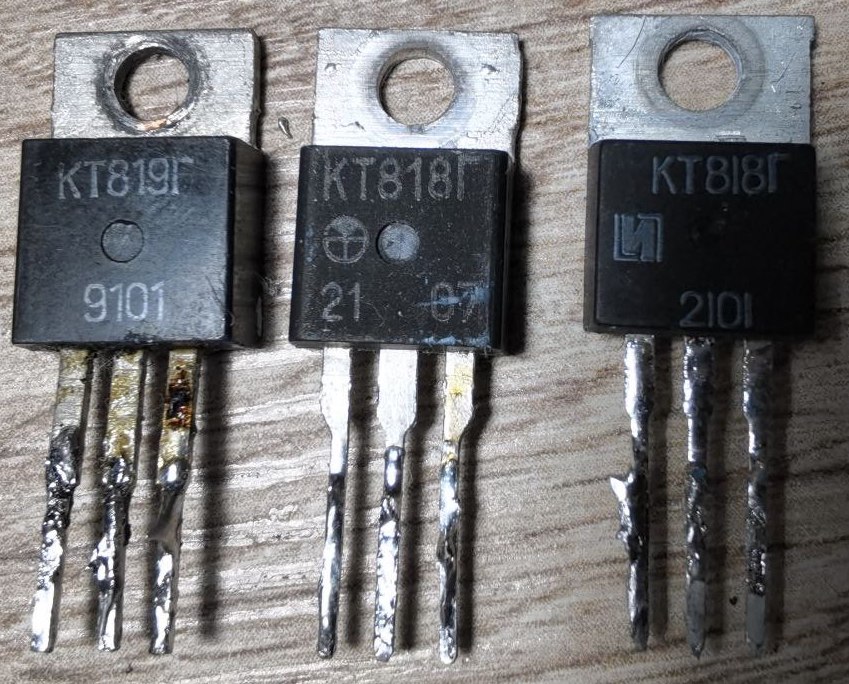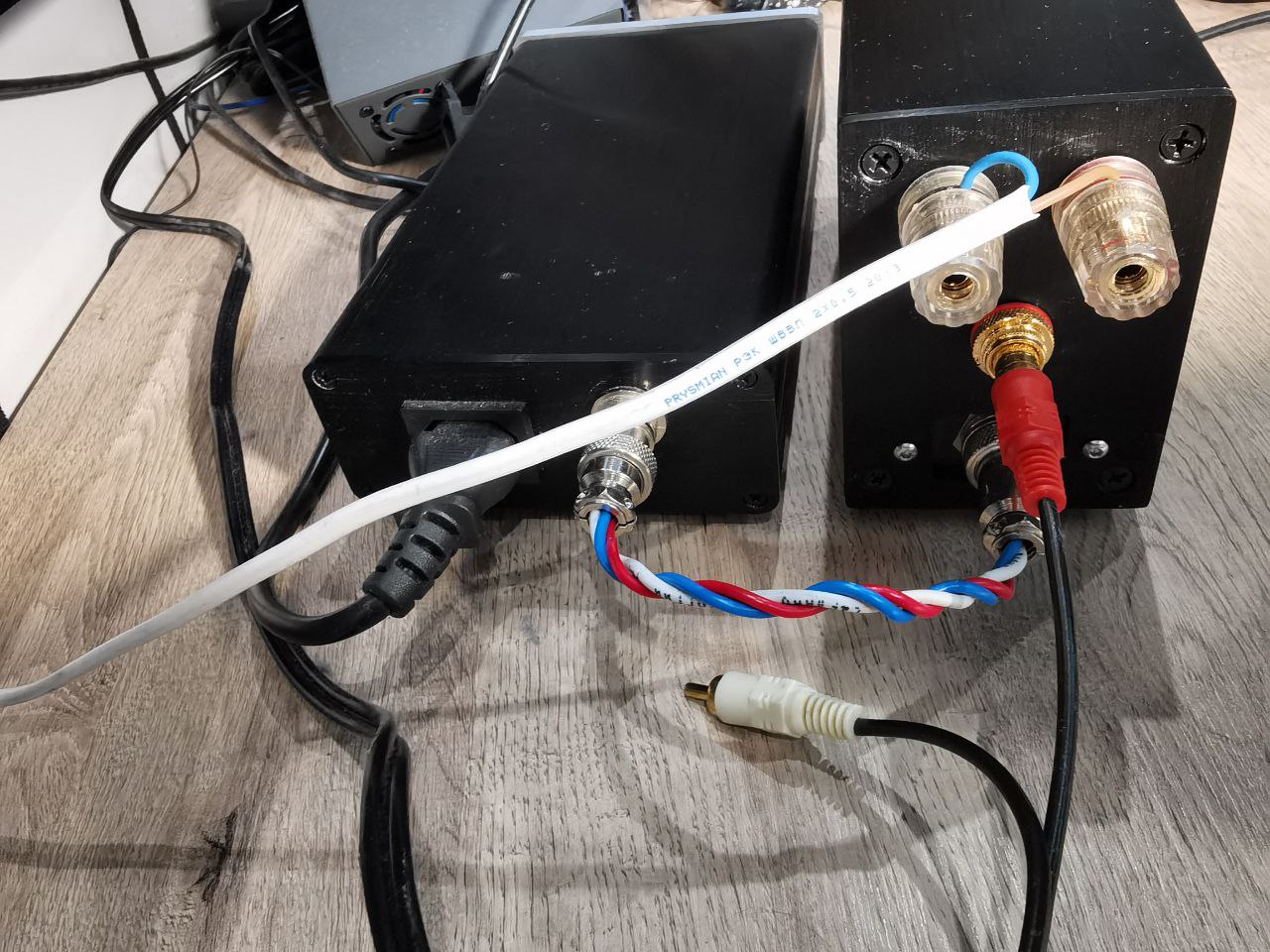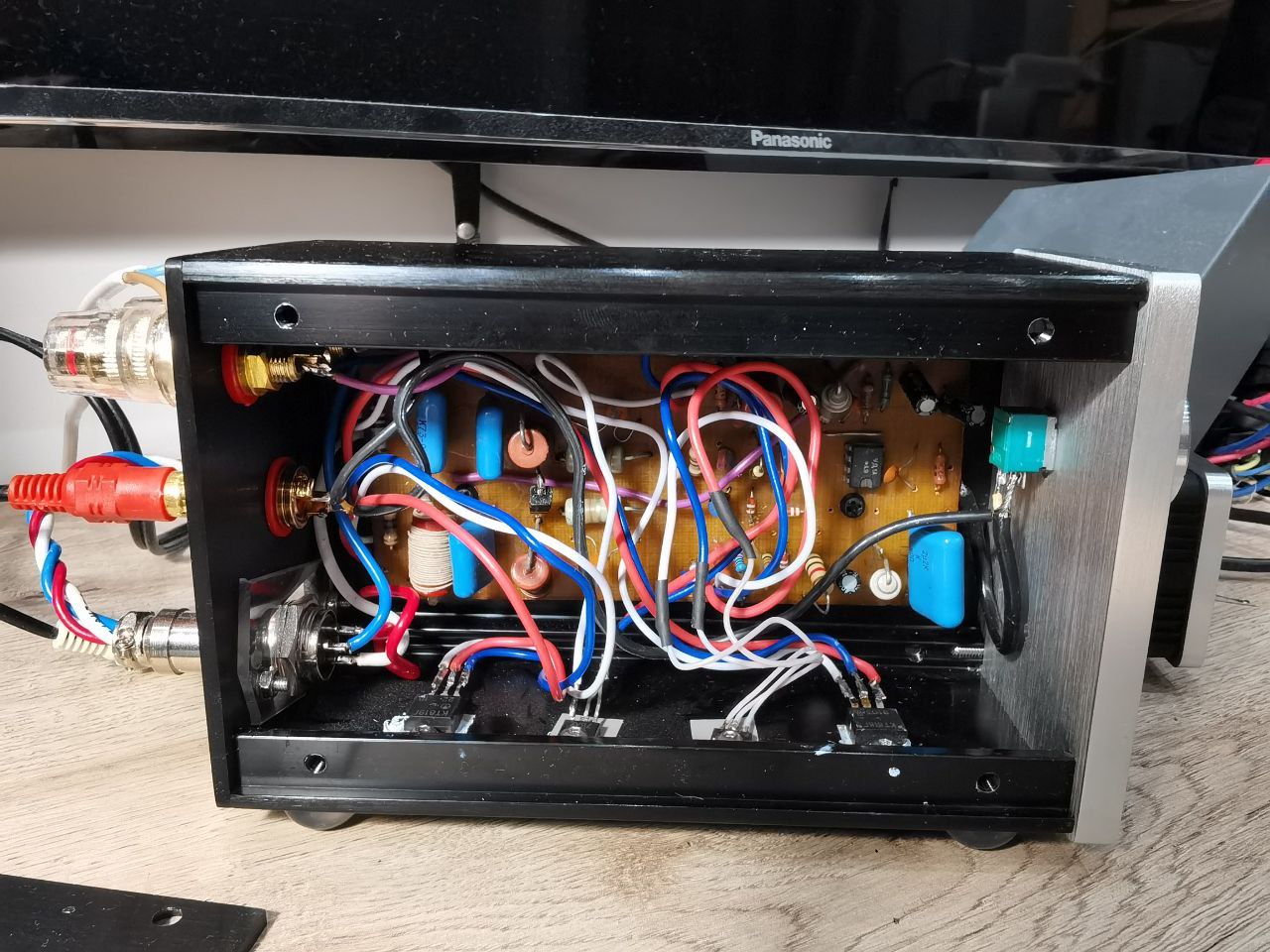From here
I include here some accumulated VASP wisdom. Many of these tips are rules-of-thumb, so consider investigating them for your particular system of interest.
Geometry Optimizations
- Don’t waste your time using super high-accuracy settings on a structure far from the local minimum. Do an initial optimization with “looser” settings (e.g. gamma-point only for the k-point grid, 400 eV cutoff if relaxing the atomic positions) and then refine it with the desired parameters.
- When performing geometry optimizations that involve changes in the cell shape and/or volume, always ensure that
ENCUT> 1.3*ENMAXto prevent Pulay stresses. For structures containing carbon, this often means using a minimum cutoff of 520 eV. - The first step in a geometry optimization will generally have the highest number of SCF iterations. It is okay if that first step does not converge electronically within the limits of
NELM. In fact, it is better to have the first step reachNELMinstead of running for many hundreds of SCF iterations. - The general rule-of-thumb is to set
EDIFFGto 0.05 eV/Å or lower for optimizations. I personally recommend 0.03 eV/Å or lower. For large, flexible materials, any value greater than 0.03 eV/Å is likely too high. Remember that in VASP, theEDIFFGflag must be a negative value if you want a convergence threshold based on the maximum net force, not the change in total energy. - When performing a full optimization of atomic positions and cell shape/volume, it is almost always best to do this in stages. It is often wise to start with a relaxation of the atomic positions (
ISIF=2) followed by a full volume relaxation (ISIF=3). This will significantly reduce the chance of running into convergence issues. - If your material can only be modeled with vacuum space as part of the simulation unit cell (e.g. a surface slab), never use
ISIF=3to optimize the cell volume, as it will simply reduce/eliminate the vacuum. You need to vary the lattice parameters manually and find the global energy minimum that way. - When performing optimizations, you are probably better off setting
ISYM=0unless you are certain you wish to constrain the symmetry. Even though this will increase the computational cost by not using available symmetry, it allows the system to reach local minima that would not otherwise be accessible. In addition, it prevents you from having to worry about errors related toSYMPREC.That being said, some symmetry issues sometimes still arise despite havingISYM=0. To resolve these, setSYMPREC=1.0e-8. - If you wish to stop a job but want it to still output any
WAVECARorCHGCARfiles, create a file in the working directory namedSTOPCARand have a line that readsLSTOP=.TRUE.(this will cause the job to stop on the next ionic step, and all restart files will be written)
Choice of Optimization Algorithms
- In choosing an optimization algorithm for finding local minima, I generally recommend starting with the conjugate gradient (CG) algorithm (
IBRION=2) because it is very robust and you do not have to worry about tweakingPOTIM. - In large, flexible materials with many degrees of freedom, the CG optimization algorithm (
IBRION=2) oftentimes results in a bracketing error once it gets relatively close to the local minimum (search forZBRENT: fatal error in bracketingin the standard output file). This occurs because the potential energy surface is very flat, and the CG algorithm implemented in VASP is based on the energy differences. One option to fix this is to copy theCONTCARto thePOSCARand tightenEDIFFto1e-6, but a more reliable option is to use a force-based optimizer. Of these, I’d recommend FIRE as implemented with VTST (IBRION=3,IOPT=7). I have found that FIRE is generally more robust than the QN (IBRION=1) method. - If the starting structure has extremely high forces on some atoms, make sure you use an appropriate optimizer, at least for the first few steps. I strongly recommend a force-based optimization algorithm with a robust line-search algorithm. For cases where the forces are so high that the structure “explodes” within a few iterations, I recommend using ASE’s
BFGSLineSearchalgorithm untilmax|F|< 10 eV/A or so. Then continue with your favorite optimizer. - Generally, for NEB and CI-NEB calculations, the L-BFGS algorithm (
IOPT=1) implemented in VTST is the fastest. For the dimer method, the force-based CG method in VTST (IOPT=2) is recommended. However, if you are having trouble in either case, I suggest switching to the FIRE algorithm (IOPT=7) with the default settings. It is a bit slower, but it is especially useful in troublesome cases of convergence.
Electronic Energy Convergence
- For insulating materials, SCF convergence is greatly accelerated by using
ALGO=All.This has the added benefit that you don’t have to worry about any of the mixing tags. This algorithm is also recommended when using the M06-L meta-GGA functional, regardless of system type. - I recommend setting LWAVE
=.TRUE.for most jobs, unless you are using an ASE-based optimizer or running many short jobs in succession. There is a large file I/O cost, but theWAVECARserves as an excellent starting guess for continuation jobs, if needed, and can be deleted when you’re done. I don’t necessarily recommend settingLCHARG=.TRUE.for optimizations. The initial charge density can be calculated from the previousWAVECAR. - Be careful about obtaining final energies from calculations using real-space projectors (e.g.
LREAL=Auto) even for large systems. This can impact energies somewhat (even energy differences) depending on what you wish to study. If VASP recommends in theOUTCARfile that your system is large and that you will save time by using real-space projectors, I strongly recommend running your calculations withLREAL=Autoand then doing a final optimization withLREAL=.False. The optimization with the reciprocal-space projectors will only require an additional 1-5 steps on average, so you will still get the speedup of using real-space projectors. - While the VASP manual suggests not setting the maximum number of SCF iterations (
NELM) above 60, there are many materials (e.g. MOFs) where a higher value is needed for the first few steps. I generally setNELM=150when studying very large materials. - For materials that have charge sloshing or difficult convergence issues with the SCF, I recommend setting
NELMINto 4-6 so that accurate energies and forces are obtained. - If you do not explicitly set
ISTARTorICHARG, VASP will detect if aWAVECARis present and use this for the initial wavefunction and charge density if it exists. This is arguably better than explicitly settingISTARTin yourINCARbecause it prevents VASP from crashing if aWAVECARis not present (e.g. because the previous job crashed). - For insulating materials (or materials that have unknown band gaps), I recommend using Gaussian smearing (
ISMEAR=0) since it is appropriate for both conductors and insulators, although there are better choices for conducting materials. - For insulating materials, I recommend settings
SIGMAto 0.01 eV as a reasonable initial test. Always check to make sure that extrapolation back to T = 0 K from the finite-temperature approximation is close to the fictitious free energy, as listed in theOUTCARfile. - It is generally good practice to set
PREC=Accurate. This provides reasonable estimates for the integration grid (NGX,NGY,NGZ). It is often stated the meta-GGA functionals require tight integrations grids to achieve appreciable convergence. I have found thatPREC=Accurateis sufficient even for these troublesome functionals. - If you are going to write out or read in a charge density, always set
LMAXMIX=4if you have d-block elements orLMAXMIX=6if you have f-block elements. While the effect will be negligible if you useICHARG=1, if you run a non-self-consistent calculation withICHARG=11, omittingLMAXMIXwill cause the total energy and computed properties to differ. This is especially true for spin-polarized systems since the magnetic moments are not fully reproduced.
Spin Polarization
- When studying systems with magnetic moments, set
LORBIT=11so that you can view the converged magnetic moments for each atom. - If you are continuing a job from a previous
WAVECAR, you do not need to set theMAGMOMSin theINCARfile so long asISPIN=2(you can if you’d like, but VASP will ignore them). - If you are unsure what to set as the magnetic moment for a metal atom, consider setting the
MAGMOMvalue to the number of anticipated unpaired electrons. If this too is completely unknown, setting a value of 5 for d-block and 7 for f-block elements is typically okay as a first guess. If this approach is taken, it would be wise to use the converged structure to also test other spin initializations. I would also test an initialMAGMOMof 0.1 to see if this converges to a system with no spin, back to the same magnetic moment as the high-spin initialization, or something else entirely.
Transition States
- If upon restarting a dimer calculation you find that the torque and angles are higher than where they left off, make sure that you are using a VASP build with VTST 3.2 or newer. See here.
- The usage instructions for the VTST
dimmins.plscript are incorrect. It should bedimmins.plPOSCARMODECARdisplacement, where the POSCAR and MODECAR are the resulting files from doing vfin.pl - The usage instructions for the VTST
neb2dim.plscript are unclear. It should state that you must first runvfin.pl, copy the exts.dat file to the parent directory (where the new POSCAR files are written), and runneb2dim.plfrom that parent directory.
Spin/Charge Densities
- Never generate
AECCARfiles (e.g. for a Bader analysis or DDEC charges) during a geometry optimization. VASP writes theAECCAR0file for the input geometry but theAECCAR2file for the converged geometry, so they are not compatible. Always do a separate single-point energy calculation (nsw=0) when settingLAECHG=.True.
Pseudopotentials
- Always consider using the VASP-recommended PAW potentials, shown here. Note that
Li_svhas anENMAXof 499 eV in the 5.4 version of the PAW_PBE pseudopotentials, but all the rest should haveENMAX< 400 eV. There is now an option in ASE to automatically choose the VASP-recommended default pseudopotentials. Just setsetups='recommended'. - For DFT+U, hybrid functionals, and meta-GGA calculations, it is recommended to set
LASPH=.TRUE.If you use theLASPH=.TRUE.flag, make sure you include it for gas-phase species as well! It should be considered as part of your model chemistry. - A subtle point is that, because the non-spherical contributions to the gradient corrections inside the PAW spheres will change with
ENCUT, it will be hard (if not impossible) to converge an absolute energy with respect to the plane-wave kinetic energy cutoff ifLASPH=.TRUE.Instead, one should look at convergence of relative energies or do a convergence test withLASPH=.FALSE.
Parallel Performance
- The rule-of-thumb is that the number of processors you should use scales reasonably well with the number of atoms in the system. This holds fairly well for metallic systems where there are many electron-rich elements, but can be a slight over-estimate for organic or organometallic systems where there are many C and H atoms.
- Whenever possible, use the gamma-point only VASP executable, as it runs up to 1.5 times faster than the standard executable.
- I recommend using
NCOREin place ofNPARsince it automatically adjusts based on the number of nodes. The optimal value forNCOREstrongly varies based on the computing environment. A good first-guess on many compute clusters is to try settingNCOREto the number of processors in a given node. Regardless, always make sure that the number of processors per node is divisible byNCORE.
ASE
- Whenever possible, refrain from using the ASE optimizers (or any external optimizer) with VASP calculations. If necessary, consider using the
VaspInteractivecalculator instead of theVaspcalculator, as this will reduce CPU time associated with starting and stopping VASP every ionic step. However, even if theVaspInteractivecalculator is used in place of theVaspcalculator, VASP will generally require more electronic steps when run with an ASE optimizer than with an internal VASP or VTST optimizer. This is because VASP keeps an internal history of previous ionic steps in its mixer history and because VASP extrapolates the wavefunction and charge density from the previous step to the new positions. There is also the I/O overhead associated with reading/writing any restart files every ionic step. - The above holds true for vibrational frequency calculations as well. That being said, it sometimes may be worth it to use ASE’s
vibrationsmodule even if there is added CPU overhead. The ASE-generated vibrations can be easily visualized using the ASE GUI, whereas VASP-generated vibrations are more difficult to visualize. The ASEvibrationsmodule also saves restart files (.pcklfiles) for every displacement, so if the job crashes or exceeds the specified walltime, it is easy to continue where you left off.
